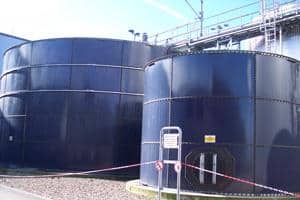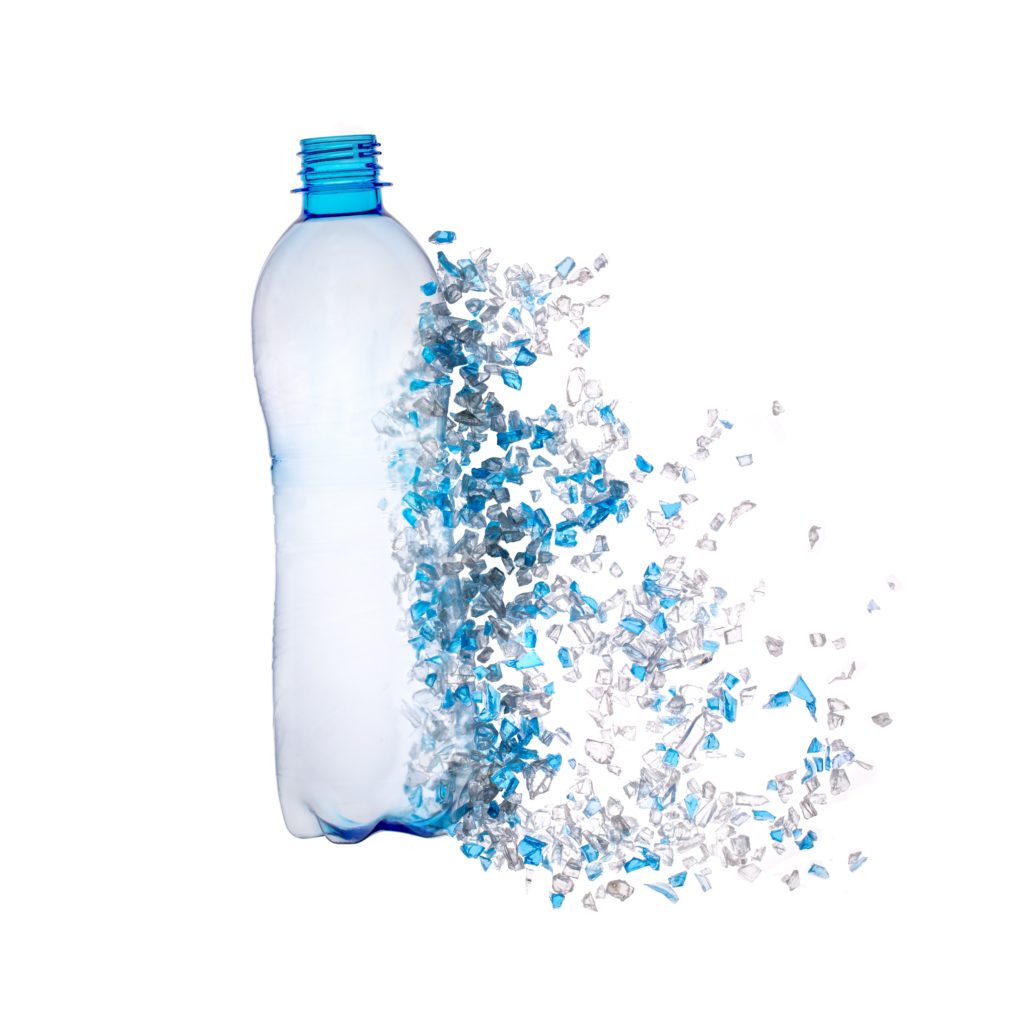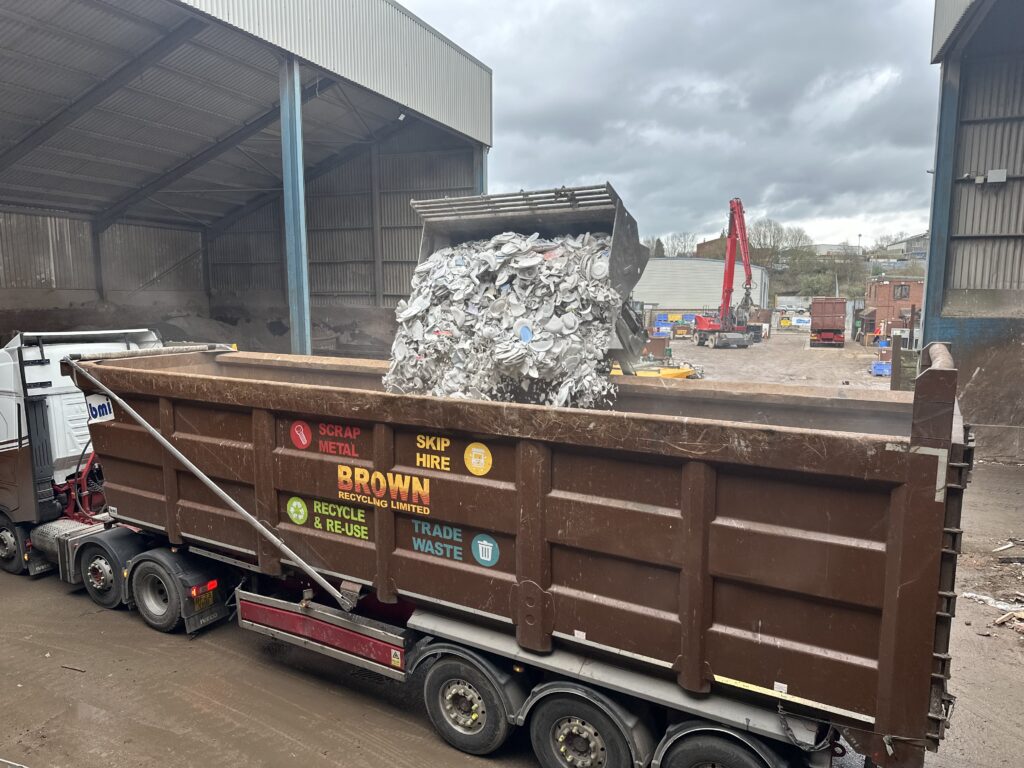The Environment Agency has today named three new waste streams for consideration under its Quality Protocols project as it gives the end-of-life waste initiative more of a focus on commercial and industrial waste streams.
The Waste Protocols Project was established in 2006 by the Agency in conjunction with the Waste & Resources Action Programme to help develop Quality Protocols for certain waste materials and reprocessing activities by setting out specific end-of-waste criteria for them.
Seven Quality Protocols have been produced to date covering materials such as flat glass, paper sludge and anaerobic digestate. The new incarnation of the project is intended to build on this work and feed into the overall Waste Protocols Project.
The three new waste processes being considered are:
• the use of biogas and biomethane for heat and power generation for injection into the gas grid and use as transport fuel;
• the use of ash from the combustion of meat bone meal as a fertiliser, source of phosphate or a raw material for manufacturing building materials;
• the use of coal tar covered road planings as an aggregate.
The EPOW has a focus on waste arisings in South East England and claims that the development of the new Quality Protocols will help to add value to the 4.2 million tonnes of commercial and industrial produced in the region each year.
Commenting on the new focus of the project, Margaret Doherty, programme executive at the EPOW, said: “Through our research with industry, we have identified that these materials have the potential to make the most difference for South East businesses and the environment.
“Through this work we hope to gain best practice insights that can be used to demonstrate the benefits and share our work to encourage this approach in other EU regions.”
Mervyn Jones, WRAP's head of production and procurement, added: “Having successfully delivered seven Quality Protocols to date, we're delighted that European Pathway to Zero Waste is employing the Waste Protocols model to further benefit business in the South East.”
Waste streams
The first of the three new waste streams being considered is the use of biogas and biomethane for heat and power generation for injection into the gas grid and use as transport fuel.
EPOW claims that, while a large proportion of landfill gas is currently captured, only a small percentage is upgraded to biomethane to produce a more efficient energy. And, it claims that a Quality Protocol could enable this material to be used in anaerobic digestion facilities.
The second proposed Quality Protocol is for the use of ash from combustion of meat bone meal as fertiliser, which is a source of phosphate or a raw material for manufacturing building materials. The EPOW claims 60,000 tonnes of this material is currently landfilled each year.
And, the third Quality Protocol would be for the use of coal tar covered road planings as aggregate. Defining an end-of-life criteria could stimulate reuse and sale of materials, the EPOW claims.
The attention given to commercial and industrial waste streams follows on from the publication of a Quality Protocol for coal ash, which was published in October 2010. At the time, WRAP and the Environment Agency called the material the UK's largest industrial waste stream (see letsrecycle.com story).












Subscribe for free